 |
| July 06, 2020 |
Dear Reader,
A new color-changing ink can respond to, and quantify, the presence of chemicals on or around the body. The formulation can be printed on anything from a T-shirt to a tent and could aid in health and environment monitoring. Our lead story has the details. Next up, from the narwhal's tusk to thorns on plants, pointed objects serve many functions in nature. Researchers have used physics to explain why this narrow shape is optimal for stingers and other piercing objects—including human-made tools such as hypodermic needles. Also in today's roundup: a recent study found that speech recognition technology is biased against Black speakers. Specifically, the disparities were mainly due to the way words were said. Even when speakers said identical phrases, Black speakers were twice as likely to be misunderstood compared to white speakers. |
| | Sunya Bhutta, Senior Editor, Audience Engagement
@sunyaaa | |
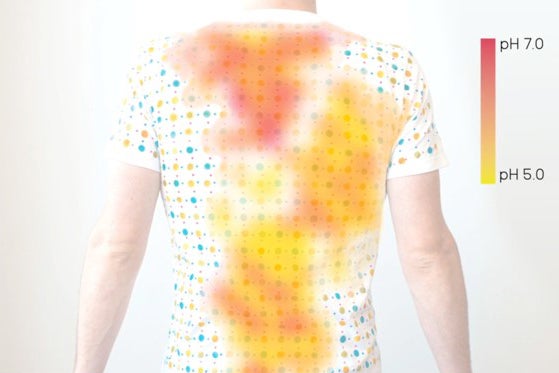 |
| |
| |
| |
| |
| |
| |
| |
| |
| |
| |
FROM THE STORE
 | | July 4th Flash Sale Celebrate July 4th with 25% savings on any subscription to Scientific American. Your purchase will support expert journalism. Use code JULY20 at checkout. |  | | |
| |
FROM THE ARCHIVE
 | | | |
LATEST ISSUES
 |
| |
| Questions? Comments?  | |
| Download the Scientific American App |
| |
| |



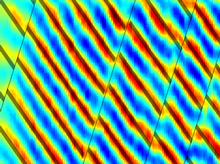
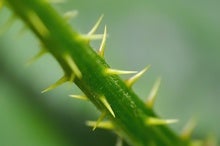
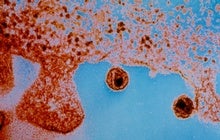








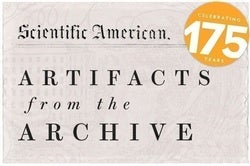
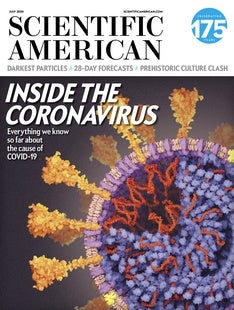



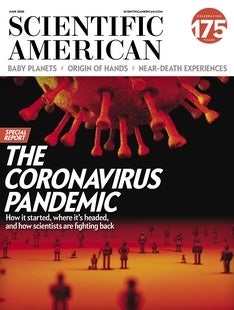



Comments
Post a Comment